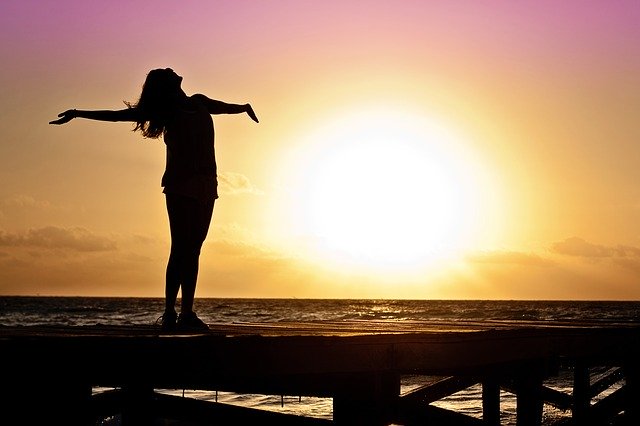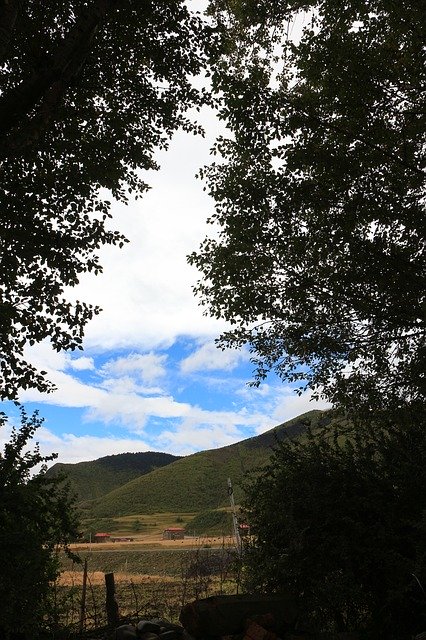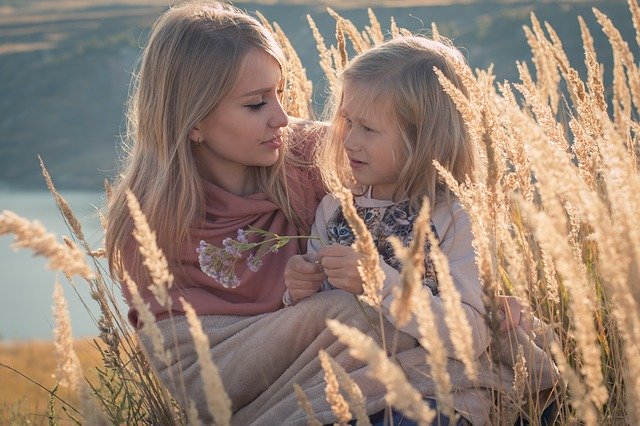Diana Winston in a guided meditation podcast from the UCLA Mindful Awareness Research Center focuses on Accessing Our Fundamental Well-Being. She likens this process to tuning into a wellness radio station that is always there. In these challenging times, however, we are often tuned into the “station” that evokes anxiety, fear, distress and unease. Diana points out that much of what is happening in the world around us is outside our control – by focusing on the “station” that generates challenging emotions, we are moving further and further away from our fundamental well-being. She offers a mindfulness process to enable us to tune into our sense of well-being that is always accessible to us, if only we would open our awareness to what resides within us – a process she calls natural awareness.
Guided meditation on accessing our sense of well-being
Diana guides us through this meditation by offering a series of steps:
- Grounding: beginning with a few deep breaths and sensing the in-breath and out-breath, you can move your attention to the rest of your body. Here the focus is on the sensation of your body touching parts of your chair and the floor.
- Embracing feelings of warmth: instead of paying attention to tension points, in this exercise you focus on the parts of your body where the sensation is one of warmth and feeling good, e.g. the tingling in your hands or fingers or the solidity of your feet on the floor. The idea here is to soak up the sense of well-being that these bodily sensations generate.
- Choosing an anchor: you will find that your attention wanders from time to time, e.g. planning your day instead of being in the moment. You can choose an anchor such as your breath, the sensation of your fingers touching each other or the surrounding sounds to bring your attention back to the present moment experience of well-being. If you have experienced trauma or had an adverse childhood experience, then it pays to be very conscious of the anchor you choose – you need to avoid an anchor that will act as a trigger to relive a traumatic event.
- Revisiting an experience of well-being: once you have chosen an anchor and absorbed a present moment experience of well-being, you can recall a past experience of well-being. It could be walking along a bayside esplanade in the early hours of the morning, an enjoyable meal with friends, an experience of being-in-the-zone in a sporting activity or listening to classical music or recorded sounds of nature. Whatever the well-being experience, try to recall as much of the detail as possible – the bodily sensations and positive emotions you experienced – and become absorbed in your sense of well-being.
Reflection
We can experience many instances of well-being throughout our day or over a week. However, we are often not consciously aware of the positive feelings, strength and equanimity that these experiences generate. One strategy to capture the moment and the well-being feeling is to express gratitude for all the elements that make up your experience – e.g. if you are having a bayside walk, you can be grateful for the cool breeze, the reflections in the water, the bird life surrounding you, the enjoyable company and the beauty of the sunrise. As we grow in mindfulness, we are better able to consciously absorb the profound sense of well-being at the centre of our being and draw strength and resilience from this source. Diana reminds us to let joy and wellness into our life.
________________________________________
By Ron Passfield – Copyright (Creative Commons license, Attribution, Non-Commercial–No Derivatives)
Disclosure: If you purchase a product through this site, I may earn a commission which will help to pay for the site, the associated Meetup group and the resources to support the blog.









